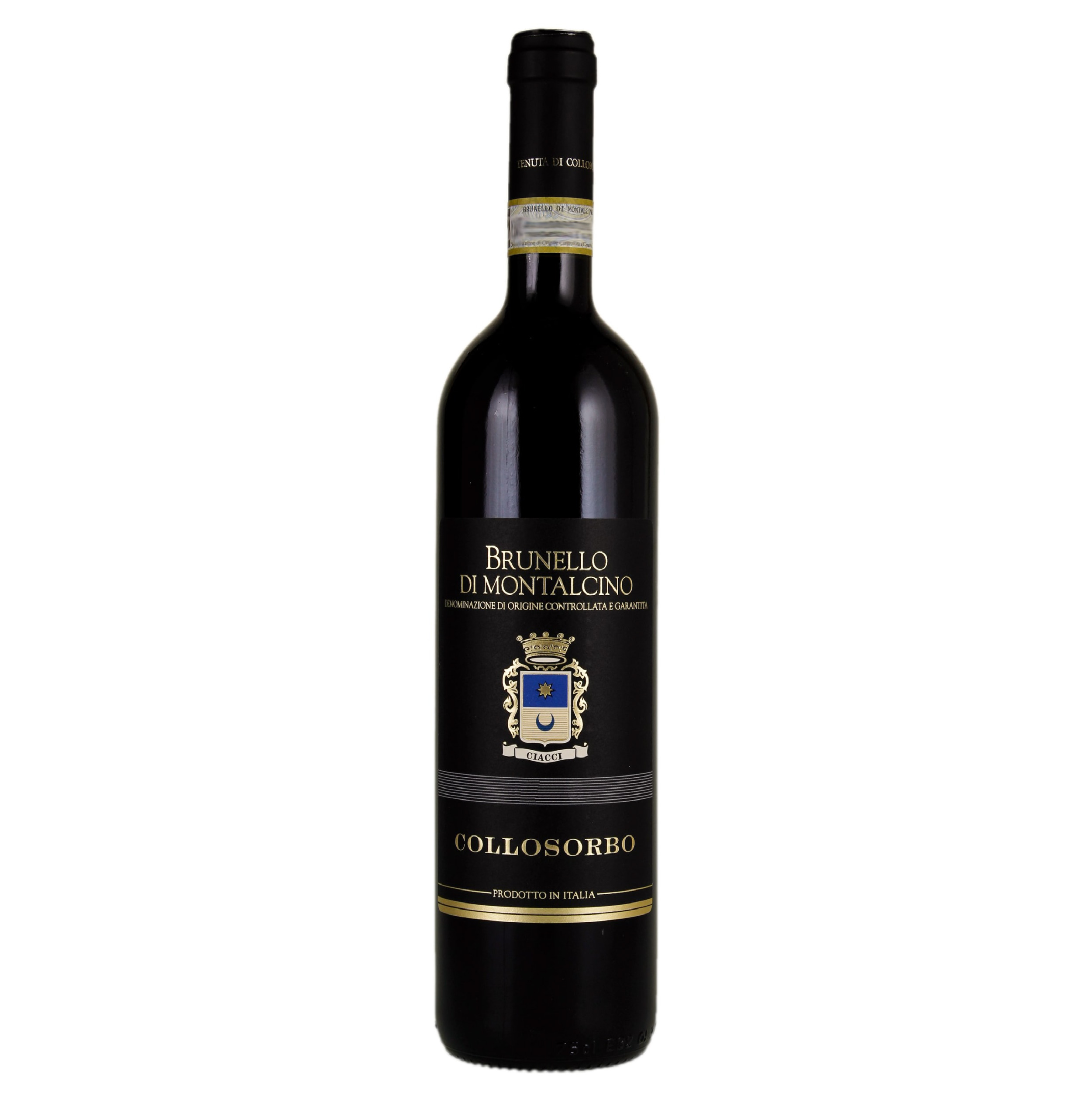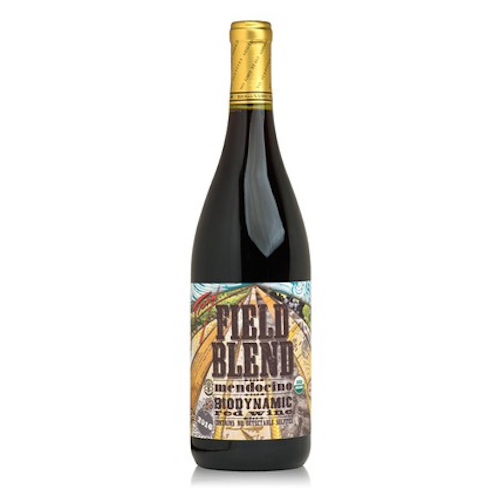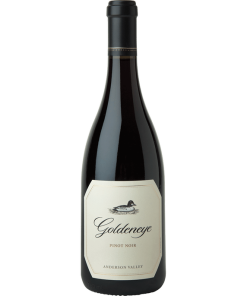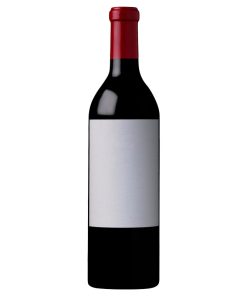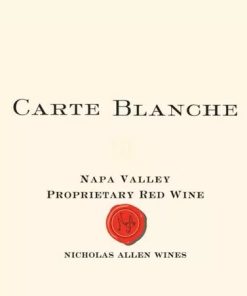2016 Caparzo Brunello Di Montalcino 1.50L
2016 Caparzo Brunello Di Montalcino 1.50L Ruby red wine color, tending toward garnet with age, this wine offers complex, penetrating aromas of wild berry fruit. On the palate, it is dry, firm, harmonious and delicate. Great with roasts, grilled and spit-roasted meats, game, braised meats and aged cheeses.
91 Jeb Dunnuck: The 2016 Brunello spent 3 years in a combination of traditional large Slavonian and French oak casks. Fresh with piney herbaceousness, confected black raspberry, and dried violets, it is medium-bodied and easy-drinking with fine tannins with acidity that lifts off the palate. Notes of fresh citrus, dried flowers, and dusty earth are delicate on the palate. This is ready for fresh drinking now or over the next few years.
94 James Suckling: Plum, ripe-berry and floral aromas with hints of sandalwood and fresh mushrooms. It’s full-bodied with firm, ripe tannins and a fresh, crushed-stone finish. A little timid now. Give it another two or three years. Try after 2023.
Red wine
Red wine has been prevalent since prehistory (the period before written records) as winemaking originated and spread throughout the world. In this case, “red blend” refers to any red wine that contains more than one red grape variety in the final product, though certain red blends can have their own designation as varietal wines despite comprising multiple grapes.
For much of the history of European wine, red blends were in fact more common than single varietals, as winemaking was typically region-centric and featured grapes consolidated from vineyards across a given area. One famous example of this practice is the Bordeaux blend, which originated in the 18th or 19th century and usually comprises Cabernet Sauvignon, Merlot and Cabernet Franc.
Though prominent red blends such as Bordeaux still remain popular, many red blends have been associated with lower quality due to the assumption that the term indicates cheaper table wines. However, many high-quality wine producers still elect to produce red blends, and these wines can in fact offer many unique and delicious flavors due to the winery’s ability to custom design the profile of their product.
Red blends are prepared from a variety of red grapes, usually crushed and fermented individually before any blending takes place. Finding the right blend often requires blending trials, where the winemaker tastes the wine and offers suggestions for how to modify the blend. This process is more common with new world blends, whereas traditional blends such as Bordeaux or Chianti can simply be produced following age-old practices. Aging potential varies, though many high-quality red blends can be aged in oak or bottle. Flavors also vary, though in general most red blends will have notes of red or black fruit.
Related products
Wines!
Save 35% 92pts Wine Spectator
95 Jeb Dunnuck | 93 James Suckling | 95 Robert Parker's

